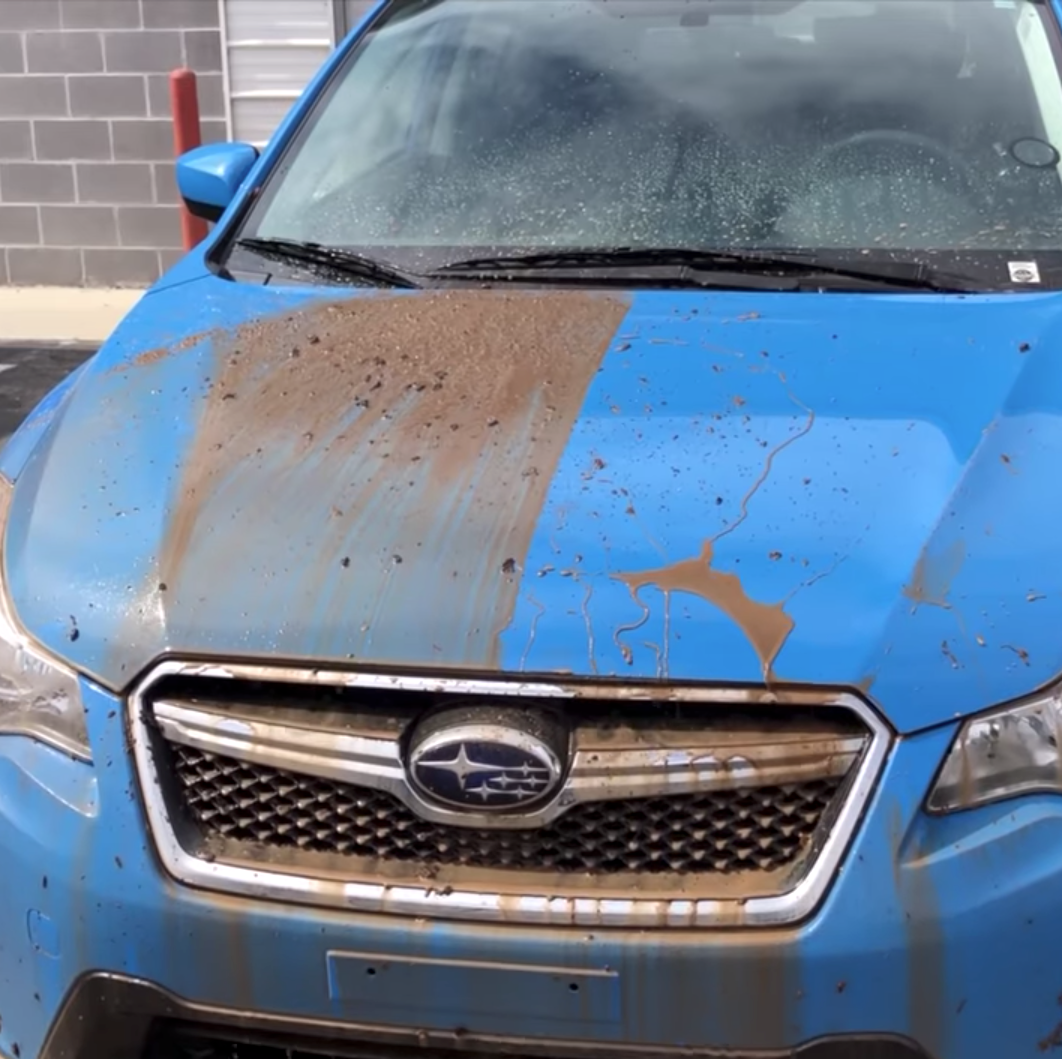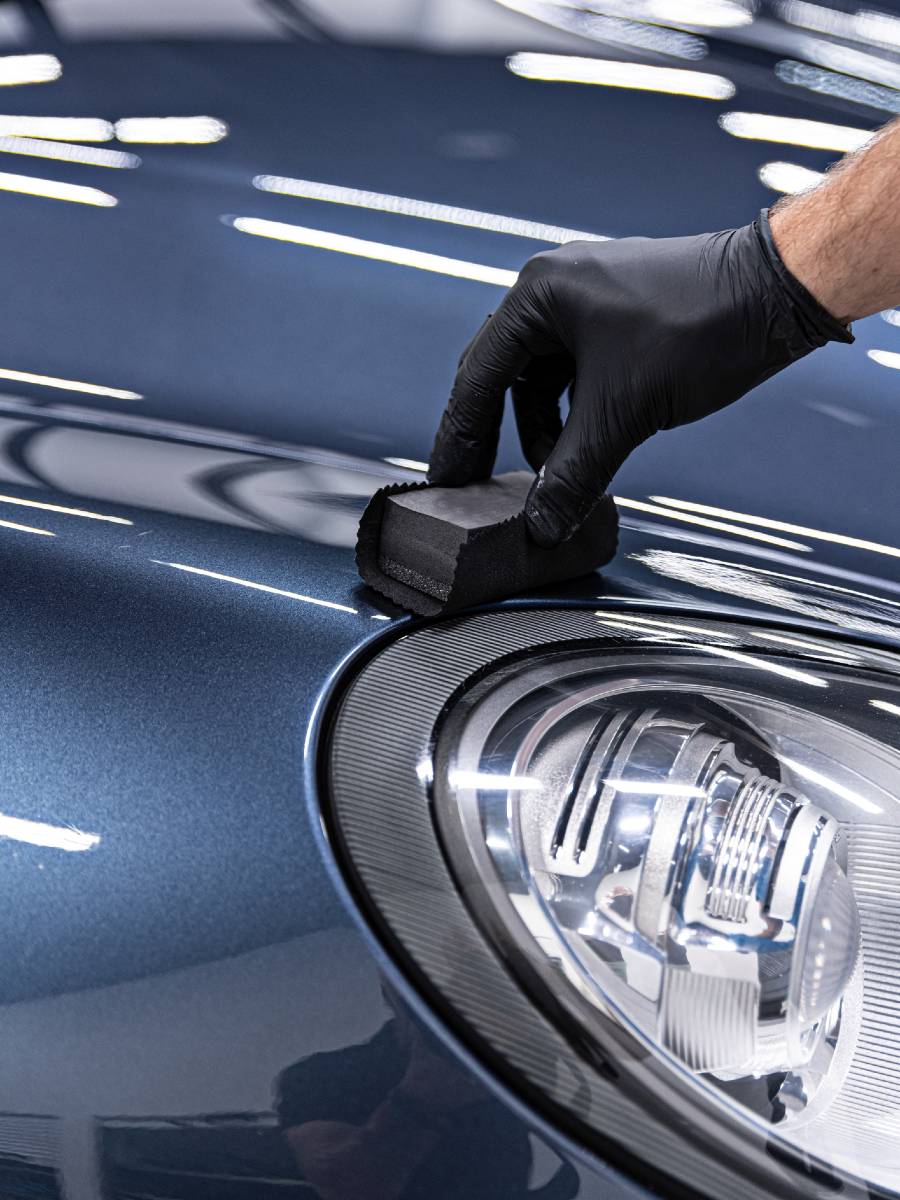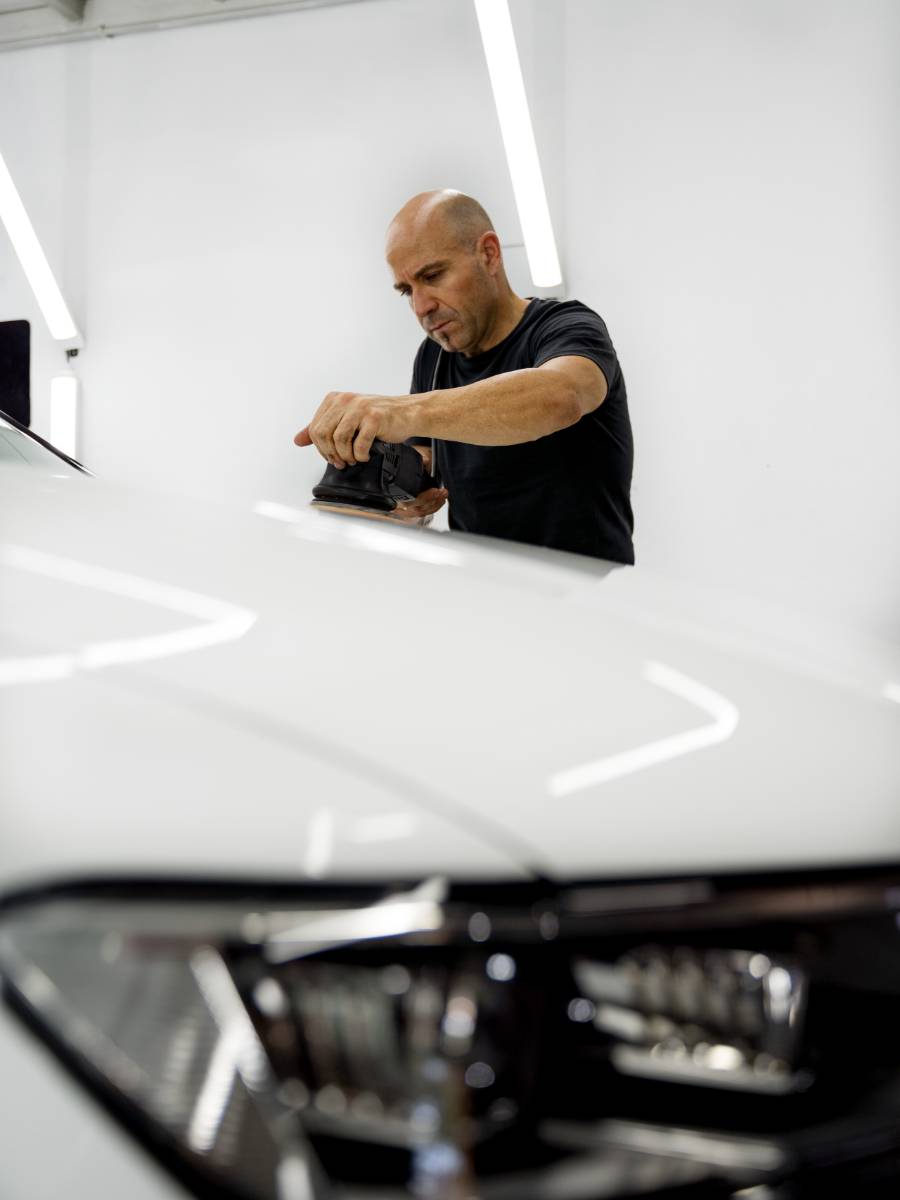How Ceramic Coating Enhances Your Vehicle's Protection and Appearance
Wiki Article
Ceramic Finishing vs. Typical Wax: Which Supplies Better Long-Term Protection?
The discussion in between ceramic coatings and standard wax for vehicle protection has amassed significant attention amongst automotive enthusiasts and experts alike. While both serve the purpose of guarding paint, their differences in durability, application, and long-term upkeep prices may affect a consumer's option. Ceramic coatings boast superior long life and resistance to ecological elements, yet the intricacy of their application questions concerning access and practicality. As we check out these contrasting alternatives, it comes to be important to take into consideration not only the prompt advantages yet likewise the ramifications for lorry care with time.Review of Ceramic Finishing
Ceramic finish has actually gotten considerable appeal amongst auto lovers and detailers alike because of its innovative safety top qualities. This cutting-edge technology is designed to produce a sturdy, hydrophobic shield over a vehicle's paint surface area, substantially enhancing its resistance to environmental contaminants such as dirt, UV rays, and chemical discolorations. Unlike traditional wax, which gives a temporary layer of security, ceramic finishes bond at a molecular level with the paint, supplying long-lasting durability-- commonly extending beyond two years with correct upkeep.The application process involves careful prep work of the vehicle's surface, consisting of cleaning and brightening to guarantee ideal bond. As soon as applied, the covering remedies to form a robust layer that not just includes deepness and gloss to the paint but likewise streamlines upkeep. With its hydrophobic homes, ceramic finish permits water and dirt to glide off more quickly, minimizing the regularity of laundries and reducing the risk of swirl marks.
Moreover, ceramic coatings are readily available in numerous formulas, permitting users to pick items tailored to their specific requirements and preferences. On the whole, ceramic covering stands for a considerable innovation in paint defense innovation, supplying exceptional performance compared to traditional alternatives.
Introduction of Typical Wax
Commonly concerned as a staple in vehicle care, wax works as a preferred selection for those seeking a simple method to boost and safeguard their automobile's paint - ceramic coating. Automotive wax usually consists of all-natural components, such as carnauba, or synthetic substances, designed to develop a safety layer externally of the paint. This layer not just boosts the lorry's gloss and shine but also gives an obstacle versus ecological impuritiesThe application of wax is typically user-friendly, making it accessible for both professionals and DIY enthusiasts. It can be used by hand or equipment, permitting flexibility in the describing process. When used, wax calls for a treating duration, after which it hardens to create a safety shell. Wax is additionally recognized for its ability to fend off water, promoting a beading impact that assists in the prevention of water places and deterioration.
However, while wax works for boosting the aesthetic appeal of a lorry, it is necessary to keep in mind that the defense it offers might necessitate extra constant reapplication compared to alternate products, such as ceramic layers. Overall, conventional wax remains a popular choice for those prioritizing convenience of usage and prompt visual renovation.
Durability and Durability Comparison
While both ceramic coatings and standard wax deal protective advantages for auto paint, their toughness and long life differ dramatically. Traditional wax, usually made from all-natural carnauba or artificial polymers, typically supplies a protective layer that lasts approximately 3 to six months. This fairly brief lifespan necessitates routine reapplication to keep ideal protection.On the other hand, ceramic layers are crafted from sophisticated nanotechnology, forming a covalent bond with the paint surface. This leads to a robust, hydrophobic layer that can withstand for 2 to five years, relying on the item and environmental conditions. The remarkable toughness of ceramic coverings is associated to their chemical framework, which supplies improved resistance to scrapes, UV rays, and oxidation.

Security Against Environmental Aspects
Shielding a lorry's paint from ecological aspects is essential for maintaining its look and worth in time. Autos are continuously subjected to a variety of components, including UV rays, bird droppings, tree sap, acid rain, and roadway gunk, every one of which can jeopardize the stability of the paintwork.Ceramic finishings offer a visit the site durable protection against these environmental assailants. Unlike traditional wax, which can deteriorate quickly under UV direct exposure, ceramic finishings create a long lasting, hydrophobic layer that stands up to the hazardous effects of sunlight and environmental pollutants. This innovative modern technology creates a chemical bond with the automobile's surface, offering premium protection that lasts for many years, also in harsh problems.
In contrast, ceramic coverings keep their protective top qualities longer, significantly helpful hints reducing the danger of paint damages and making certain that the automobile maintains its visual appeal. As an outcome, ceramic coatings are increasingly recognized as the exceptional option for long-term defense versus ecological aspects.
Application and Upkeep Distinctions
The methods of application and subsequent maintenance for ceramic finishes and typical wax differ dramatically, influencing the total customer experience and performance of each product. Ceramic finishings require a more detailed application process, usually entailing surface prep work that consists of cleaning, sanitizing, and brightening the automobile. As soon as the surface area is all set, the ceramic finish is applied in a controlled atmosphere, frequently needing specialist competence to ensure correct healing and bonding to the paint.

While both products boost automobile appearance, the longer-lasting protection supplied by ceramic finishes might justify their initial investment, despite the even more requiring application procedure. Conversely, conventional wax remains a prominent selection for those seeking a less complex, albeit short-term, option.

Final Thought
To conclude, ceramic coverings demonstrate significant benefits over traditional wax in regards to longevity and environmental security. With a life expectancy browse around here prolonging 2 to five years and exceptional resistance to UV rays, dirt, and chemical discolorations, ceramic coatings provide an extra reliable solution for long-lasting vehicle maintenance. The application procedure may need specialist knowledge, the resulting expense financial savings and lowered frequency of reapplication underscore the worth of ceramic finishings for those seeking ideal car security.The debate between ceramic finishes and conventional wax for car defense has amassed substantial interest among automotive lovers and specialists alike. Unlike standard wax, which provides a short-term layer of protection, ceramic layers bond at a molecular degree with the paint, using lasting resilience-- often extending past 2 years with appropriate upkeep.
While both ceramic coverings and typical wax offer safety benefits for automotive paint, their longevity and durability vary substantially. For auto fanatics looking for lasting defense, ceramic finishes offer a compelling advantage over conventional wax items.
In conclusion, ceramic finishes demonstrate considerable benefits over typical wax in terms of toughness and environmental protection.
Report this wiki page